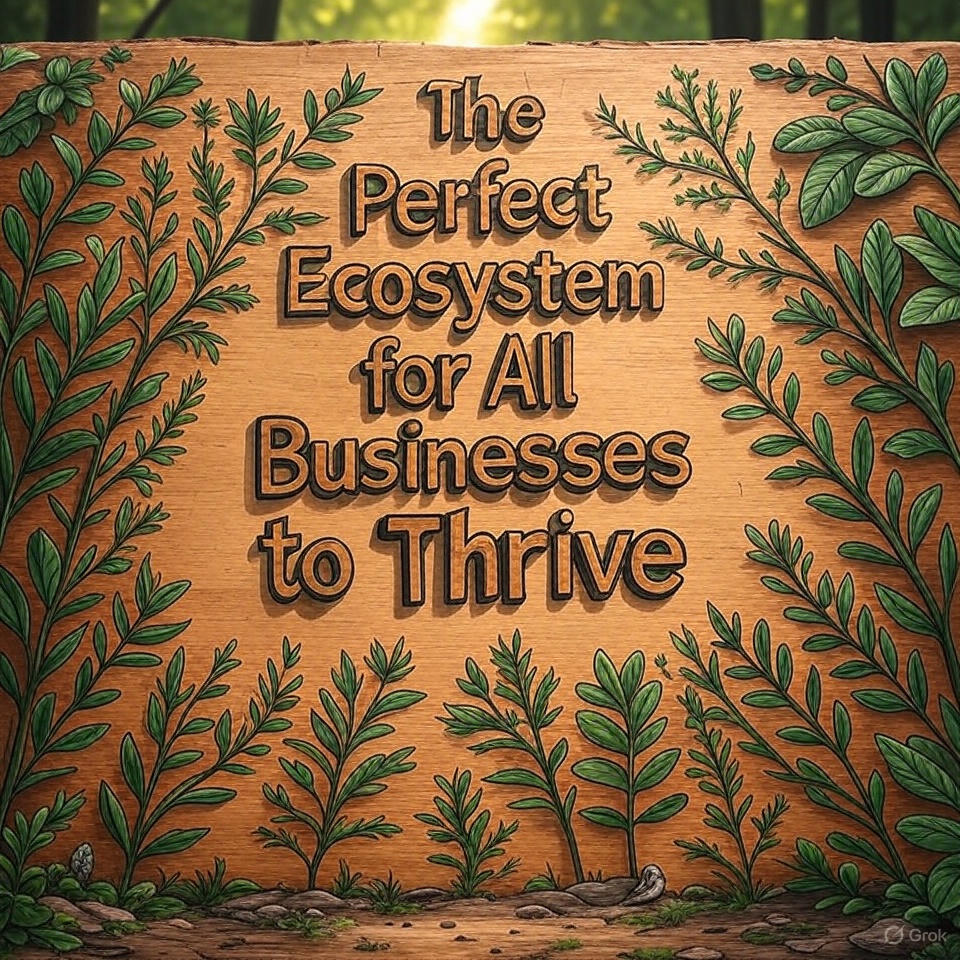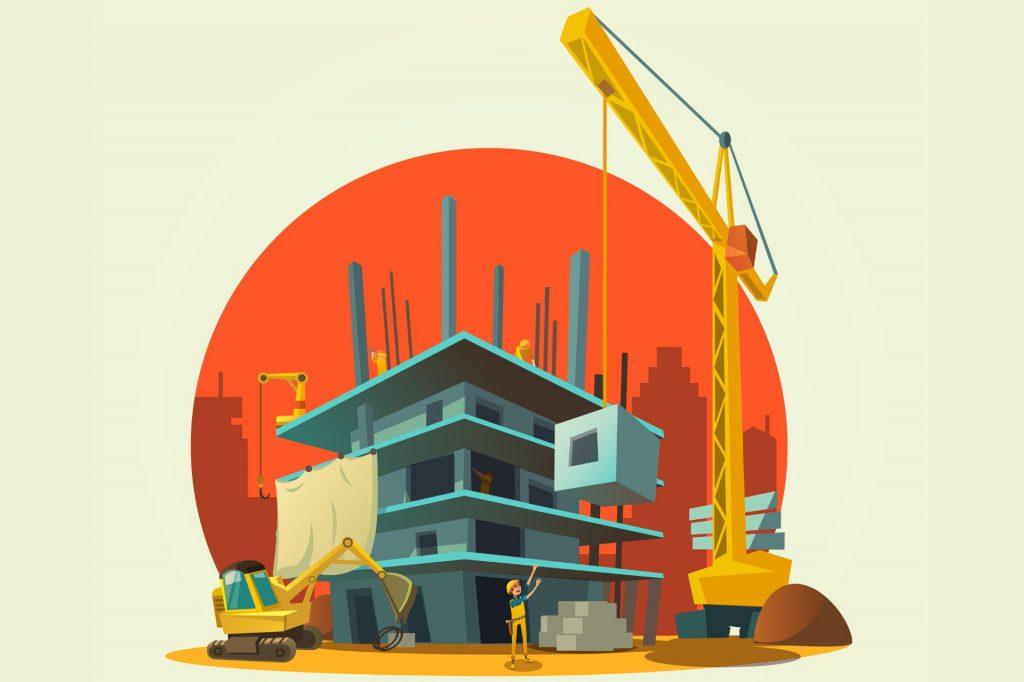Every business, no matter the size, age, or sector, depends on its internal structure and external environment to succeed. Some people call it infrastructure or setup. But what we’re really talking about is an interconnected system—an ecosystem—where every part supports the others. When that system works smoothly, a business can thrive. When it breaks down, even the best intentions fall apart.
This isn’t about following trends or chasing shiny tactics. It’s about building something solid, adaptable, and grounded in how real businesses actually work, across every kind of sector. Whether you’re running a courier service, a legal firm, a council department, a training provider, or something entirely different—this framework applies.
1. Vision & Values
Start with clarity. What are you building, and why? What do you stand for? Your vision provides direction, and your values shape how you operate. These aren’t buzzwords or poster material—they’re the compass and the filter for decision-making.
If your business doesn’t know what it stands for, every fork in the road becomes an existential crisis. Get clear early.
2. Leadership & People
No business survives without capable people making smart decisions and executing well. Leadership isn’t about job titles. It’s about direction, communication, and accountability. The people around you need to understand what’s expected, have the tools to deliver, and be able to work with others without drama.
It’s not about perfection. It’s about alignment and momentum.
3. Product or Service
What you offer needs to be relevant, useful, and deliverable. It doesn’t need to be revolutionary—it just needs to work and solve a problem that matters to your clients. There’s no point having brilliant ideas if the execution falls short.
If customers aren’t coming back or referring you, that’s a signal. Something in the system isn’t right. Revisit, refine, and don’t assume your initial version is the final form.
4. Logistics
This is often misunderstood or oversimplified. Logistics is not limited to deliveries of sold goods and inventory. It’s about how your business moves—how tasks are coordinated, how resources are deployed, how timing is managed, and how information flows.
If you’re in legal services, logistics is about court dates, secure documents, and client scheduling. In events, it’s crew movements, kit allocation, and load-in/load-out. In public services, it’s coordination across teams, locations, and assets. Every business, regardless of industry, relies on logistics, whether it’s internal or outsourced to a logistics company to transport items. Ignoring it will invite chaos.
5. Operations & Systems
You can’t run a business on memory and goodwill. Your operations should be defined, tested, and clear. This means workflows, documentation, roles, tech platforms, checklists—whatever it takes to deliver consistency.
Systems don’t have to be complex. They just have to work. The goal is that anyone stepping into the business knows what needs doing and how to do it. If the process lives only in one person’s head, you’re one sick day away from a shutdown.
6. Marketing & Messaging
It’s not about slick branding or shouting the loudest. Marketing is about showing up clearly and consistently, in the places your customers already are, with a message that makes sense to them.
That means knowing what you do, why it matters, and who it’s for—and then being able to communicate that in plain terms. If you confuse people, you lose them.
7. Customers
They’re the lifeblood, plain and simple. It’s easy to chase new leads, but customer retention and word-of-mouth carry more weight than most businesses realise. Make the experience seamless, honest, and memorable for the right reasons.
Every complaint is a lesson. Every compliment is a cue. Don’t wait for reviews—listen while the work’s still happening.
8. Finance & Cash Flow
Cash flow isn’t just a finance department issue, it’s an existential one. A business can survive bad branding. It won’t survive running out of money.
Understand your margins. Invoice on time. Price properly. Plan for slow months. Get serious about forecasting. Money isn’t just fuel, it’s feedback. It tells you what’s working and what isn’t.
9. Risk & Compliance
Too many businesses treat this as an afterthought—until something goes wrong. Whether it’s legal obligations, health and safety, data handling, or contracts, these elements protect your business from preventable disasters.
Build them in early. Review them often. They’re not dead weight, they’re scaffolding.
10. Learning & Adaptation
Markets shift. Clients change. New competitors emerge. You’ve got to stay awake.
This doesn’t mean reinventing yourself every quarter. It means staying curious, asking questions, reviewing feedback, watching trends, and making adjustments. Adaptation isn’t a trend, it’s a survival tool.
Final Word
The perfect business ecosystem isn’t rigid. It flexes. It evolves. But it’s built on solid fundamentals. You don’t have to tick every box perfectly to grow—but if too many of these elements are weak or ignored, your progress will stall.
Check your setup regularly. Be honest about the gaps. Strengthen what supports you. That’s how good businesses stay good, and how small ones become sustainable.
No shortcuts. Just structure, clarity, and consistency. That’s the real edge.






